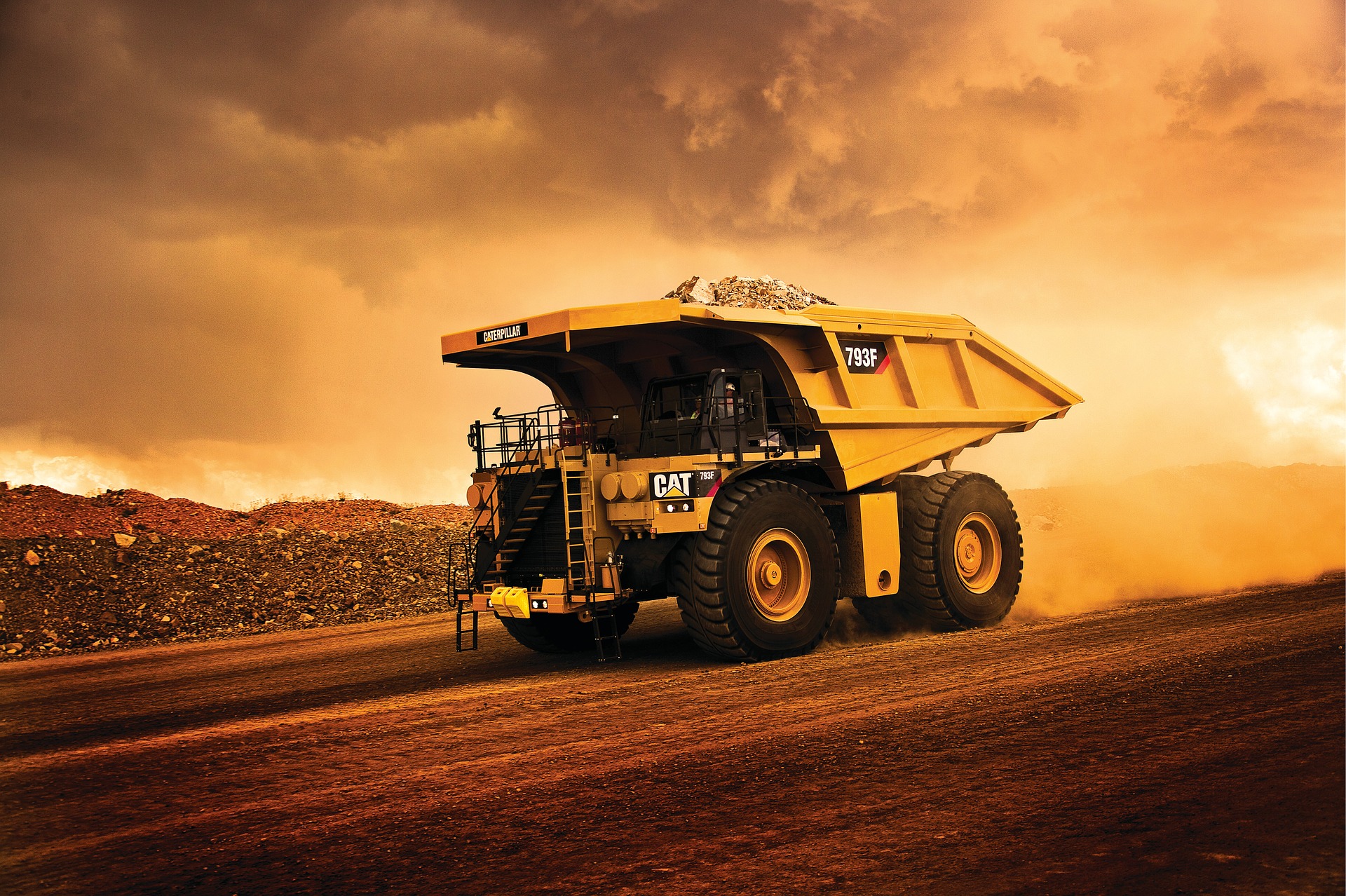Precious metal mines – the way from the earth to the people, in conversation with Dr. Peter Riedi, EM Global Service AG based in the Principality of Liechtenstein
The precious metal gold is one of the most valuable elements on earth. In nature, gold occurs in combination with ores and in gold slimes. With the help of mechanical or chemical processes, these are separated from each other in order to further process the gold into jewelry, gold bars, coins, dental gold and industrial gold. In gold mining, a distinction is made between primary and secondary deposits. In exceptional cases, gold veins can occur close to the earth’s surface and thus be extracted by open-pit mining; these are colloquially referred to as secondary deposits. In most cases, the gold, or precious metals in general, are located deep in the earth and have to be extracted with the help of mines.
The largest gold mines in the world

The largest gold mine in the world is operated by Freeport-McMoRan Copper & Gold and is located in West Papua in Indonesia. In 2010, 2,025,000 ounces of gold were mined there, making this mine an international leader. In second place is the Muruntau Gold Mine in the Uzbek city of Zarafshan. This is followed by the Carlin Gold Mine near the town of Carlin in Nevada, USA, which is operated by Newmont Mining.
Sustainability in precious metal extraction
The extraction of gold involves the use of chemicals that are harmful to the environment and health, such as cyanides (blue acid salts) and mercury. These chemical processes are necessary to extract the gold from the metal-bearing rock. The disadvantage of this method is the high energy and water consumption. It can lead to the drying up of vital springs and endangers the water table; it is estimated that larger mines require approximately 50,000 to 150,000 liters of water per day.
There is a danger not only to the environment, but especially to employees and residents who come into contact with the highly toxic sludge produced by gold processing. Mining company Vale made negative headlines in 2019 after an 11.7 million cubic meter slurry avalanche poured from a tailings pond into the surrounding area when a dam broke in Brumadinho, Brazil. As a result of this fateful event, 259 people lost their lives and the ecosystem of the Paraopeba River was completely destroyed. However, Vale is not the only company that has shocked the population with negative news from this industry in recent years. The Glencore corporation is accused of poisoning the air and water in the Peruvian town of Cerro de Pasco with heavy metals through its mining activities. For the people in these regions there are health consequences such as: Anemia, disabilities and paralysis. For this reason, the implementation of stricter rules is necessary to make the mining industry sustainable.
Measures and the costs for more sustainability in the precious metals industry

First and foremost, intelligent machines and special robots should be increasingly used instead of human workers to minimize the risk of accidents. Another measure is the monitoring of mines by satellites and drones with the aim of obtaining more transparency about the activities of the operators. Dr. Peter Riedi comments: „The use of renewable energies is already reducing CO2 emissions. The use of solar, wind and hydropower energy on site is playing an increasingly important role. These energies also enable mine operators to become less dependent on the unstable energy infrastructure in developing countries and to bridge power outages. Fortunately, the precious metals mining industry is economically stable and thus has the financial ability to realize the higher social and environmental standards. Legal aspects also play a role. For example, the legal systems of some South American countries are taking a new approach and defining their own rights of nature and good living or buen vivir as state goals. Meanwhile, the world has become a smaller place, and corporate responsibility does not end at one’s own factory gate. Economic opportunities must be in harmony with ecological issues.“ Positive approaches can be seen everywhere – from the German Supply Chain Act to the European Green Deal, which aims to generate sustainable economic growth by 2050.
Megatrends speak for commodities. EM Global Service AG focuses on GOLD – SILVER – PLATIN – PALLADIUM
All precious metals are physically acquired and held in custody. The precious metals are stored in a high security vault facility of a Swiss or Liechtenstein security company. Due to population growth and the growth of buyers with purchasing power in global terms as well as economic growth, there is a significant shortage. Due to sustainable management and high hurdles for new procurement (ecological and economical) the values continue to increase.
V.i.S.d.P.:
Viktoria Akopjan
Student & Blogger
About the author:
Viktoria Akopjan is studying Health Economics with a specialization in Hospital and Pharmacy Management at Apollon University of Health Care Management. Her interests relate to nutritional sciences, public health, and digital development in the healthcare industry. As a working student in the field of human resources development, she is gaining experience for the change to digital transformation.
Contact:
EM Global Service AG
Landstrasse 114
FL- 9495 Triesen
Principality of Liechtenstein
Phone +423 230 31 21
Fax +423 230 31 22
Contact person:
Dr. Peter Riedi
info@em-global-service.li
www.em-global-service.li

Company description
Located in the heart of Europe, EM Global Service AG designs and manages commodity and precious metal concepts. The range of services of EM Global Service AG includes the acquisition, custody and security of physical precious metals for the owners, the buyers. The company with her team builds on economic stability and secure it with reliability and discretion in asset custody in the heart of Europe. For more information, visit www.em-global-serevice.li


